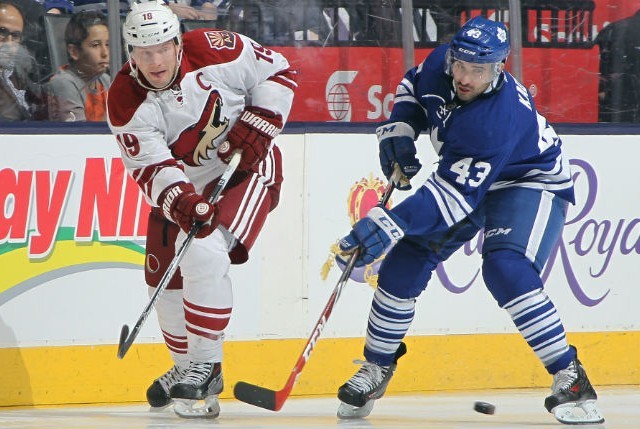Doan Tu s reading archives
Post on: 16 Март, 2015 No Comment

Moving Average Bounce is a common trade setup used by active traders. This entry will outline what should be expected with the most important information.
The basis to form the strategy is the idea that when an equities price is moving away from its moving average, there is a tendency for the price to retrace back to the moving average, but then continue the original move. And, it is the bounce in the moving average bounce trading system.
What to Look For
There are three things you should observe when youre looking to initiate a trade using the moving average bounce trading system:
- A move away from the moving average line,
- A retracement toward or through the EMA line,
- A bar that breaks.
Timeframe to be used: Generally, this strategy can be used on a chart with any time frame but it is used frequently for short term trading strategies.
Type of moving average: Commonly, exponential moving average (EMA) is used.
Periods to be used with EMA: EMA length can be adjusted to suit different markets. EMA(34) is preferred to apply for short term trades.
Price to be used with EMA: Close price is normally used with EMA. But in some cases, typical price, which is calculated as (High+Low+Close) / 3, is used with EMA with this price, EMA is also known as the HLC average.
A move away from the moving average line: First thing we expect to see. There is no default distance the price should move, but the price bars should no longer be touching the moving average.
A retracement: This is the time when price and EMA converge, the price moves back towards the moving average. Be sure this is a retracement, not just a period of sideways trading. It is important that you see at least four bars that move toward the moving average. because this usually means that this is a true retracement.
Price and EMA touch: touching happens when the price trades at the current moving average price. For a long trade, the previous price bars should have been making lower lows as the price approached the moving average, and for a short trade, the previous price bars should have been making higher highs as the price approached the moving average. There is no specific number of bars that need to make consecutive lower lows or higher highs, but at least 3 bars are recommended.
Enter trade:
Enter your trade when the high (or low) of the first price bar that fails to make a new low (or high) is broken. The following list shows the steps required for both long and short entries:
Long Trade
- Price bars make lower lows
- Price bar touches the moving average
- Subsequent price bar fails to make a new low
- Subsequent price bar breaks the high of the previous price bar
Short Trade
- Price bars make higher highs
- Price bar touches the moving average
- Subsequent price bar fails to make a new high
- Subsequent price bar breaks the low of the previous price bar
Exit: The exit can happen on any one of a myriad of scenarios. One exit point is triggered when the price makes two consecutive bars with lower lows below the moving average in case of long trades or higher highs above the moving average for short trades. regardless of time frame to be used. Exit can also happen on target and stop loss orders. There is no default order type for either the target or stop loss, but, the recommendation is a limit order for the target, and a stop order for the stop loss.
Case study
In the example below, price and its EMA(34) are plotted in time frame of 1 minute bar chart.
- In the direction of yellow arrow, price and its EMA diverge.
- In the direction of red arrow, retracement causes price and its EMA converge.
- In the yellow circle, four bars consecutively make lower low toward EMA line, that is a true retracement, not the period of sideway trading.
- Two bars in the white circle touch the EMA. The price touches the EMA on the fourth bar to make a consecutive lower low.
- Subsequent price bar in white fails to make a new low, begins the break. Enter long trade whenever the next bar breaks the high of the white bar.














